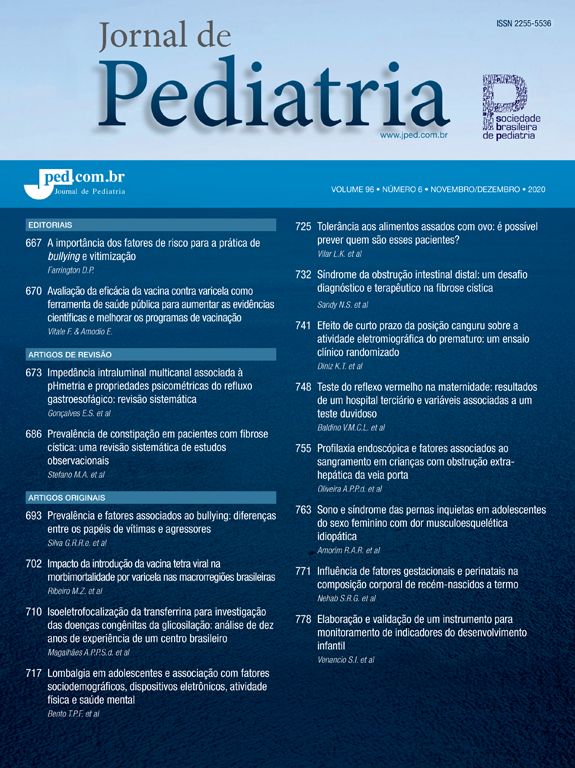A cross-sectional epidemiological study has investigated lead poisoning among all the 101 children aged 1 to 5 years, living at less then 500 m from a lead smelter which has been operating since 1960 in Santo Amaro da Purificação, State of Bahia, Brazil. Lead poisoning was evaluated by determining the concentrations of zinc protoporphyrin (ZPP) in whole blood. Results were compared with those obtained from 98 children of the same age range, in a nursery from Salvador, capital of the State of Bahia. In Santo Amaro, ZPP geometric mean was 65.5 mg/dl (geometric S.D. = 1.7), much higher, therefore, than the normal threshold of 30 mg/dl recommended by the CDC - USA. A child was excluded from statistical analyses because of very high ZPP level: 789 mg/dl. In Salvador, ZPP geometric mean was 31.0 mg/dl (geometric SD = 1.6). -Extremely elevated- ZPP levels (above 156 mg/dl) were observed in 8% of the children from Santo Amaro and in none (0%) of the children from Salvador, this statistical difference being highly significant. Anaemia was present among 35.0% of the children from Santo Amaro and among 25.5% of those from Salvador. One year-old children showed the highest levels of ZPP and anaemia. No marked statistical association was found between ZPP levels and anaemia. Lead contamination of this children population remained in a permanently high level during, at least, the period from 1980 to 1992. In December, 1993 the lead smelter has definitively ceased its industrial activities in Santo Amaro da Purificação.
O fator de impacto mede o número médio de citações recebidas em um ano por trabalhos publicados na revista durante os dois anos anteriores.
© Clarivate Analytics, Journal Citation Reports 2025
O CiteScore mede as citações médias recebidas por documento publicado. Mais informação
Ver maisSJR é uma métrica de prestígio baseada na idéia de que todas as citações não são iguais. SJR utiliza um algoritmo similar ao page rank do Google; é uma medida quantitativa e qualitativa ao impacto de uma publicação.
Ver maisSNIP permite comparar o impacto de revistas de diferentes campos temáticos, corrigindo as diferenças na probabilidade de ser citado que existe entre revistas de distintas matérias.
Ver mais







